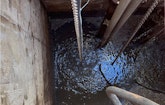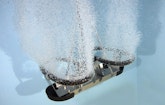Lift station operators often rely on grease-dissolving chemicals to manage FOG in lift stations, but Farmers Branch, Texas, is taking a different approach.
Chemical treatment can be effective, but it carries potential drawbacks including the need for repeated applications and...











